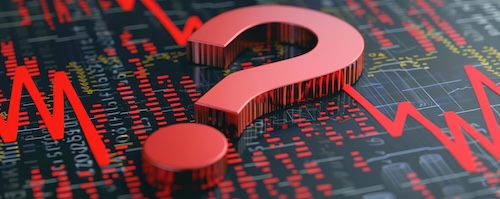Election-Related Market Swings: How to Stay Ahead
Understanding the Dynamics of Election-Related Market Swings
Elections have always played a significant role in driving market volatility and creating uncertainties in the financial landscape. As investors eagerly analyze political developments and economic policies that could potentially impact their investments, it becomes paramount to comprehend the dynamics of election-related market swings to stay ahead of the curve.
1. Pre-Election Jitters
Leading up to an election, markets tend to exhibit heightened levels of volatility as uncertainty looms over the potential outcomes. Investors grapple with the possibility of policy changes, regulatory shifts, and economic reforms that could alter the investment landscape. This anticipation often leads to erratic market movements as investors adjust their positions based on their expectations of the election results.
2. Impact on Different Asset Classes
Election-related market swings can impact various asset classes differently. For example, equities may experience fluctuations based on the perceived policies of the incoming administration, while currencies could be influenced by geopolitical factors and trade policies. Additionally, commodities, such as gold and oil, might react to changes in inflation expectations and global economic outlook based on election results.
3. The Role of Political Risk
Political risk plays a crucial role in driving election-related market swings. Investors closely monitor political developments, election polls, and candidate policies to assess the potential impact on market dynamics. As uncertainties surrounding the election outcomes persist, markets may experience heightened levels of volatility, creating both opportunities and risks for investors.
4. Strategies to Stay Ahead
To navigate election-related market swings effectively, investors can employ several strategies to stay ahead of the curve:
– Diversification: Maintaining a well-diversified portfolio across different asset classes can help mitigate risks associated with election-related market swings. By spreading investments across equities, bonds, commodities, and currencies, investors can reduce exposure to specific risks and enhance overall portfolio resilience.
– Stay Informed: Keeping abreast of political developments, election polls, and candidate policies is essential for making informed investment decisions during times of heightened market volatility. By staying informed and understanding the potential implications of election outcomes, investors can position themselves strategically to capitalize on market opportunities.
– Long-Term Perspective: While short-term market swings may be triggered by election-related uncertainties, investors with a long-term perspective can focus on the underlying fundamentals of their investments and ride out temporary fluctuations. By maintaining a disciplined investment approach and avoiding knee-jerk reactions to market volatility, investors can position themselves for long-term success.
In conclusion, election-related market swings are an inherent feature of the financial landscape, driven by political uncertainties and investor sentiments. By understanding the dynamics of these market swings, assessing the impact on different asset classes, and employing strategic measures to stay ahead, investors can navigate election-related volatility effectively and position themselves for long-term success in a dynamic investment environment.




























